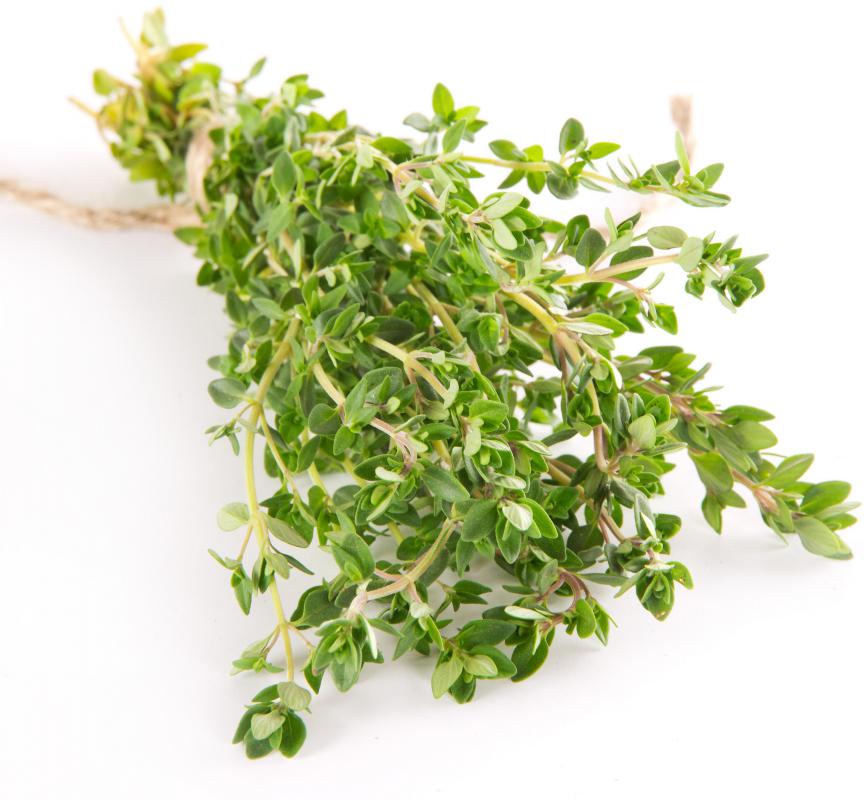At WiseGEEK, we're committed to delivering accurate, trustworthy information. Our expert-authored content is rigorously fact-checked and sourced from credible authorities. Discover how we uphold the highest standards in providing you with reliable knowledge.
What Are the Best Tips for Making Butternut Squash Risotto?
There are numerous recipes for butternut squash risotto and multiple ways of incorporating the squash, which results in risottos that have different characters despite using the same primary ingredients. The squash can be added at any point during cooking if it is roasted or boiled, or it can be added raw in the beginning so it cooks with the rice. Some recipes puree the squash or use a ricer to get very small pieces that keep the texture of the risotto smooth. The spices that can be added to butternut squash risotto vary according to the desired taste, with some mixtures focusing on making an incredibly savory dish with sage and thyme, while others use brown sugar or dried fruits to make a risotto with some sweetness. If pureed, butternut squash can stand in for some higher-fat, higher-calorie ingredients, such as the butter or chicken fat that is sometimes added to the rice in risotto.
When making butternut squash risotto, the way the squash is added to the rice will make a large difference in how the final dish turns out. A very common method is to dice the squash and boil it until it is cooked and soft; an alternate would be to roast it in an oven. In both cases, flavoring can be added to the squash by including spices such as rosemary or sage that will be absorbed while cooking and subtly flavor the risotto later.

Some methods of making butternut squash risotto reduce the squash to a fine, smooth puree that can be added to the rice and cooked with the other ingredients, integrating the squash flavor and color completely into the risotto. Using a ricer or food mill on the cooked squash that is added has the same effect, sprinkling small pieces of squash throughout the risotto so the flavor is consistently in every bite. In both cases, the risotto will take on a vibrant orange color.

The point at which the squash is added to the risotto can make a difference in the final taste and texture. Squash that is added early and cooked with the rice will have a subdued, integrated flavor. Alternately, squash that is added at the end will have a stronger flavor and firmer texture.
The final flavor of butternut squash risotto can be made more sweet or savory by the spices that are added. Some savory spice mixtures, such as sage, thyme and rosemary, will draw out the rich flavor of the squash. Meanwhile, spices such as nutmeg, cinnamon and cloves will accent the sweetness of the squash and can create a base for other ingredients, such as walnuts or currants.
AS FEATURED ON:
AS FEATURED ON:













Discuss this Article
Post your comments